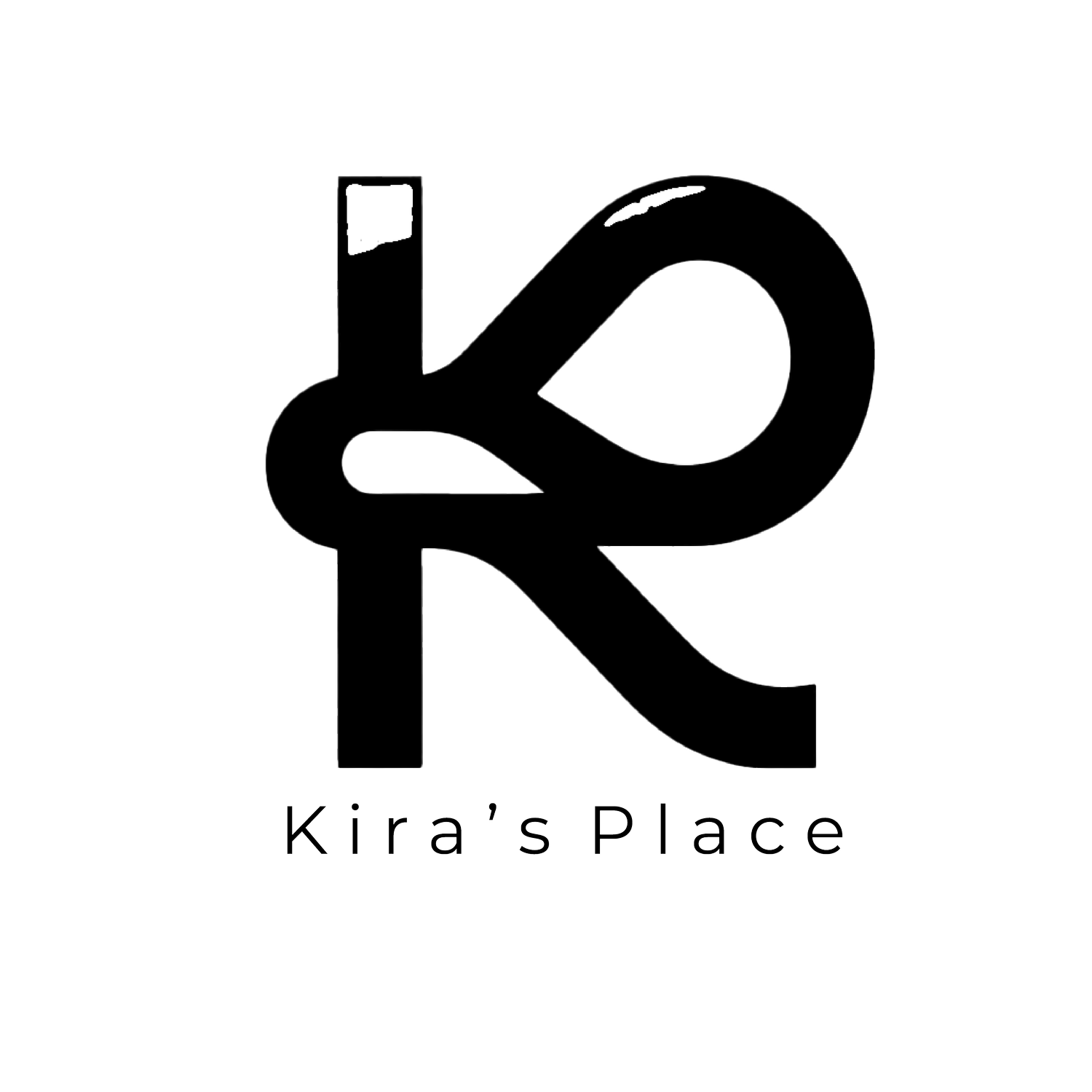Analogue Photography
In an age dominated by pixels and screens, the resurgence of analogue photography represents a return to craftsmanship and authenticity. As acclaimed photographer Ansel Adams once remarked, “You don't take a photograph, you make it.". In the darkroom, photographers have the opportunity to exercise complete control over every aspect of the photographic process, from exposure and development to printing and finishing. Printing is not merely a mechanical process but a form of artistic expression. Photographers have the opportunity to manipulate light, shadow, and contrast to evoke mood and emotion in their prints. Dodging and burning become tools for sculpting the image, while toning adds depth and richness to the final result. With each print, photographers imbed a piece of themselves into their work, creating a tangible manifestation of their artistic vision.
The Photogram:
At its core, a photogram is a photographic image created without the use of a camera. Instead, objects are placed directly onto photosensitive paper, which is then exposed to light. The resulting image is a hauntingly beautiful silhouette that captures the essence of the objects in a surreal and abstract manner. From leaves and flowers to everyday household items, the possibilities for experimentation and creativity are endless in the world of photograms.
My journey begins in the darkroom, where photosensitive paper is carefully selected and prepared for exposure. Once the paper is in place, I use different parts of the body and place them on top of the paper in a manner that reflects the desired composition. This step is crucial, as it determines the final outcome of the photogram.
With the composition chosen, the paper is exposed to light, either from an enlarger or natural sources, for a set period. During this exposure, light passes through, casting shadows onto the paper below. The result is a negative image that captures the intricate details and textures of the composition, creating a unique contrast. Another step I use in my work is re-exposing the paper with a new composition/body parts, creating more interesting overlays and compositions where different exposures intersect. (see fig.2)
Once the exposure is complete, the paper is processed using a series of chemical baths, including developer, stop bath, and fixer. These chemicals work together to bring the latent image to life, revealing the intricate interplay of light and shadow captured during the exposure. The final result is a unique and captivating photogram that transcends the boundaries of traditional photography.



